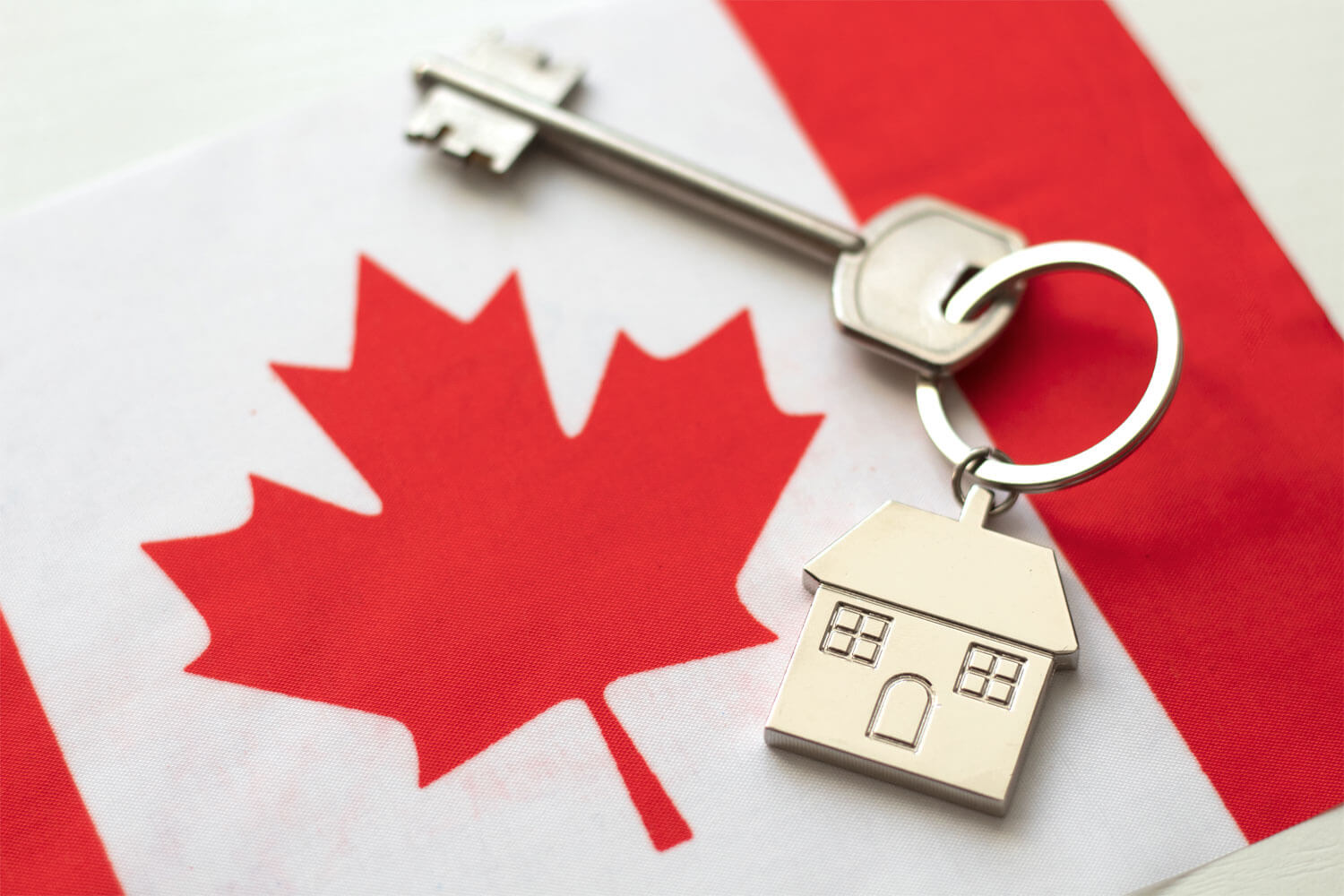Let’s take a moment to chat about the economic air we’re breathing today. You might have noticed that borrowing costs for homes and investments are on the rise, and it’s not just because of market whims.
There’s a deeper story here, one that’s tied to government spending—a story that affects your wallet directly. Whether it’s buying a new property or renewing your mortgage, understanding these economic winds is crucial in making wise financial decisions.
The Impact of Government Spending on Interest Rates
Now, let’s talk about interest rates—those pesky percentages that determine how much extra you pay on what you borrow. A recent report from Scotiabank has put the spotlight on a significant factor behind the rising interest rates: government spending.
Yes, the same spending that brought us pandemic relief and other community benefits has also brought about a 200 basis point hike in interest rates.
This means that for every $100 you borrow, you could be paying an extra $2 annually—thanks to the cumulative increase in spending by federal, provincial, and municipal authorities.
This isn’t just theoretical math. It has real-life implications, especially when we realize that about 120 basis points of the rate hikes by the Bank of Canada are directly linked to this spending spree.
The breakdown? 70 points can be chalked up to provincial decisions, 30 to the federal level, and 20 to our local municipal leadership. And let’s not forget the 80 basis points attributed to federal COVID relief spending.
Such numbers are not just about policy but about people—about you and your future financial planning.
If the government’s fiscal buffet had been a bit more controlled, interest rates might hover around 3%, closer to what the Bank of Canada considers ‘neutral’. Instead, we’re looking at rates that are substantially higher, which translates to more expensive mortgages and loans for Canadians like you.
Mortgage Delinquency Trends and What They Signal
Switching gears, let’s peek into mortgage delinquency rates — a fancy term for when people start missing their mortgage payments.
Overall, we’re seeing a trend that’s as steady as a calm sea, with delinquency rates floating at historic lows. But, there’s a bit of choppy water for those with larger mortgages. If you’ve got a mortgage balance tipping over $400,000, you might have noticed a slight uptick in missed payments.
This could be an early warning wave, hinting at financial stress under the surface for those with heftier loans.
For our seasoned folks, those aged 65 and older, the picture looks a tad different. They’re facing a higher rate of mortgage delinquency compared to the young guns under 45.
It’s a sobering reminder that higher mortgage costs can weigh more heavily as we sail into the golden years.
The Strain on Borrowers Amid Rising Interest Rates
Now, let’s navigate through the impact of those climbing interest rates on your mortgage renewals. Picture this: you locked in a mortgage at what was then a fantastically low rate, only to find that now, at renewal time, rates have shot up like a flare. This isn’t just frustrating — it’s straining wallets across the country.
More than a quarter-million Canadians renewed their mortgages at higher rates in the past year. That’s a lot of us feeling the squeeze as our monthly payments balloon.
What’s causing this tightening grip? Well, our collective debt is one culprit, with the average debt-to-income ratio now soaring past 170%. Then, there’s the interest rate doubling act since last year, which doesn’t help.
And to top it all off, one in three mortgages is of the variable type — which means they’re as unpredictable as the weather in April.
This tightening financial vise is becoming a crack in the hull of our housing finance system.
While we’re still mostly keeping up with our payments, there’s a noticeable drift toward more delinquencies in other debts like credit cards and car loans. These could be the canaries in the coal mine, signaling tougher times ahead for Canadian borrowers.
Shifting Mortgage Market Dynamics
As we sail further into the currents of the Canadian mortgage market, it’s clear that the tides are shifting. With traditional banks reeling in their sails amidst economic headwinds, it’s the alternative lenders that are cruising ahead.
These non-traditional ports of call for loans have seen their share of the market swell, even as others face a stormier climate.
Why does this matter to you, the homeowner or investor?
Well, as the big banks have tightened their grip on their treasure chests, these alternative lenders have thrown open their vaults, offering more flexible lending options. They’ve managed to not only stay afloat but actually grow their market share — a beacon of opportunity for those finding the banks’ doors barred.
But let’s not forget the heavyweights of the lending seas — the Big 6 banks. Despite the changing winds, they still command the lion’s share of the mortgage market, although their dominance has seen a slight ebb.
On the other hand, credit unions and non-bank lenders have hoisted their flags higher, grabbing a bigger piece of the pie.
Long-term Mortgage Trends and Borrower Responses
Now, let’s set our compass toward the horizon and look at long-term mortgage trends. There’s been a notable shift towards uninsured mortgages — these are the ones with at least a 20% down payment.
More and more borrowers are choosing this route, seeking to avoid the extra cost of mortgage insurance. This trend towards putting more skin in the game shows a commitment to sturdier financial footing.
As for interest rates, the fixed-rate mortgage is king. It seems that certainty is the favoured currency in these uncertain times, with most new and renewed mortgages being locked in at fixed rates.
And when it comes to term lengths, the middle path of three to five years is the most travelled, striking a balance between flexibility and stability.
Amortization periods, too, have stretched out like the endless prairie sky, with more than 60% of mortgages now set beyond the traditional 25-year limit. And while we’ve been prudent about how much we borrow — keeping loan-to-value ratios in check — the trend has plateaued, suggesting we’re holding steady on how much we’re willing to leverage.
Strategic Considerations for Homeowners and Investors
As we dock at the end of our journey through the Canadian mortgage landscape, it’s clear that knowledge is your most valuable cargo.
With interest rates influenced by government spending and mortgage delinquency rates offering a glimpse into financial stresses, there’s a lot to consider.
The rise of alternative lenders brings new options to the table, while long-term trends in uninsured mortgages and fixed-rate terms provide insight into how Canadians are responding to these choppy financial waters.
For you, the homeowner or investor, the course is clear: stay informed, weigh your options, and plan with a long-term view in mind.
By understanding how these waves of change may impact your financial voyages, you can navigate confidently, keeping your portfolio buoyant and your investments on course.
Share this article
Kelly Wilson
Kelly Wilson, a top national mortgage producer, has dedicated 19 years to customizing financial solutions for clients across Canada. Her strategic approach has facilitated over $1 billion in mortgage funding. Starting her real estate investment journey at 21, she now holds $11 million in assets. Kelly's mission is empowering clients to achieve financial freedom and sustainable wealth.




